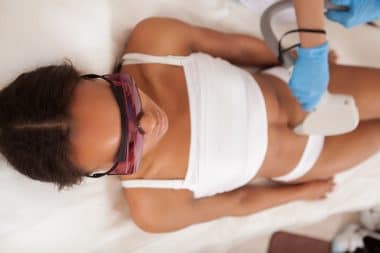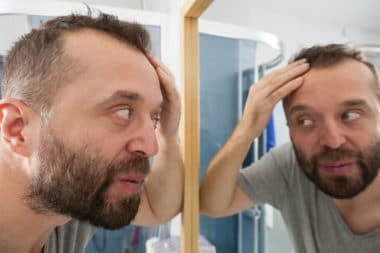As the year 2019 is coming to an end, it is safe to say that technology is one of the greatest assets in the world. In the past several decades especially, technology has made major breakthroughs in all areas of life. Specifically, low-level light therapy and how it has been used to help treat individuals that suffer from various medical conditions. This form of technology has been around for several decades and scientists and medical professionals are starting to discover the amazing benefits that come from this therapy. Below you will read about the benefits that low-level light therapy has to offer.
Low Level Light Therapy
Before I discuss the benefits that come from LLLT, it is important that you understand what it is. This form of medicine uses low level lasers that emit low level light photons to the surface area of the skin. These lasers have the ability to enhance cell functions on various areas of the body. Because they are considered to be cold lasers, they do not cause harm or damage any part of the skin.
When tissues are absorbed by the light from LLLT, more oxygen is allowed to travel back into the cells. This results in the cell’s metabolism to be restored and also helps create better breathing cells because of the healthier tissues.
Treating Hair Loss
Androgenetic alopecia is one of the most common forms of hair loss in the United States amongst men and women. This can also be referred to as male/female pattern baldness and affects nearly 21 million individuals in the U.S. today.
Medical professionals and scientists are turning to LLLT to reverse hair loss in men and women. This technology restores the hair growth cycle and encourages new growth on the head. This results from the light therapy penetrating the scalps tissues and increasing the blood flow to the hair follicle cells. This reduces the telogen (resting) stage of the hair follicles and keeps them in the anagen (growth) phase for a longer period of time. As you can imagine, hair follicles need to be in the anagen phase for longer in order for the hair to grow. This will minimize the amount of hair loss that individuals experience throughout their lifetime.
Using low-level light therapy for hair loss produces thicker and healthier hair and restores the cell production in the scalp. A better functioning hair follicle arises from this technology and results in the hair growing healthy and strong.
Treating Mental Diseases
Recent research has been found that states LLLT can treat diseases such as depression, dementia, Parkinson’s, and Alzheimer’s. The treatment used is non-invasive and has positively shown an increase in learning and memory and also reduced brain lesion volume. People with severe dementia and Alzheimer’s were reported to have an increased functionality, better sleep patterns, and less wandering. You can read more about reported studies and how this light therapy has been used to help individuals with mental diseases.
Alleviating Pain
This light therapy has the ability to relieve pain from patients who suffer from arthritis, neck and back pain, joint disorders, and osteoarthritis. With pain comes inflammation of tissues and muscles. When this happens, the mitochondria of the cells produce nitric oxide that results in cell death because of the lack of oxygen. This is when the body needs low level light therapy to heal the tissues. As I explained earlier, the tissue in these painful areas absorbs the light and allows oxygen back into these harmed cells allowing them to breathe better and alleviate pain in the process.
As you can see, humans are using technology to the best of their ability to help improve their quality of life. It is important that we utilize low-level light therapy to benefit completely from the treatment. As time progresses, I am confident that more benefits will be revealed.








Reply